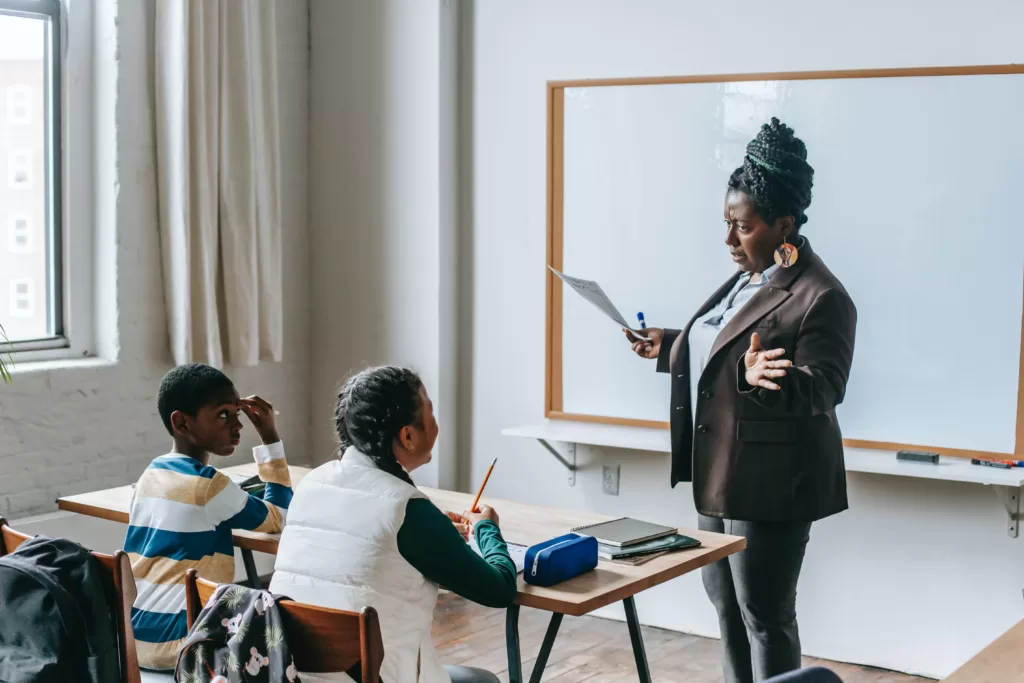Elementary education in America has been a cornerstone of the nation’s academic and societal foundation for centuries. As the country has evolved, so too has the nature and structure of elementary schooling. But what exactly does elementary education look like in America today? This article dives into the core components, teaching methodologies, technological integration, and challenges faced by educators and students alike in the contemporary educational landscape.
1. Understanding Elementary Education in the U.S.
Elementary education typically encompasses grades Kindergarten through fifth or sixth grade, depending on the state or district. This crucial phase of education lays the groundwork for the cognitive, social, and emotional development of children. The focus is not just on academic achievement, but also on nurturing a holistic approach to the child’s development.
2. Curriculum and Subject Matter
The curriculum for elementary education is a blend of foundational subjects that aim to build the basic skills and knowledge that students need as they progress in their academic journey.
Language Arts: This includes reading, writing, grammar, and vocabulary. There is a significant emphasis on reading comprehension and developing a love for literature.
Mathematics: Basic arithmetic, geometry, and initial concepts of algebra are introduced. Foundational skills are emphasized to ensure a strong base.
Science: The basics of natural and physical sciences, including topics like plants, animals, earth science, and basic physics and chemistry, are covered.
Social Studies: Students learn about history, geography, civic education, and the basics of economics.
In addition to these core subjects, many schools integrate arts, physical education, music, and sometimes even foreign languages into the elementary curriculum.
3. Teaching Methodologies
The teaching methodologies employed in elementary education have evolved over the years. Traditional lectures are now supplemented with more interactive and engaging approaches:
-
Project-Based Learning (PBL): This methodology engages students in complex tasks, requiring them to solve real-world problems and challenges. It emphasizes teamwork and critical thinking.
-
Differentiated Instruction: Recognizing that every student is unique, differentiated instruction tailors teaching techniques to cater to individual needs.
-
Flipped Classroom: With technology being integrated into the classroom, some educators use the flipped classroom model, where students review lesson materials at home, and classroom time is dedicated to discussions and hands-on activities.
4. Technological Integration
Today’s elementary classrooms are increasingly technologically advanced. Smartboards have replaced chalkboards, and tablets are as commonplace as pencils and paper once were.
Educational Software and Apps: Applications like Kahoot!, Quizlet, and Edmodo make learning more interactive and engaging for students.
Online Assessments: Digital platforms allow for real-time feedback, ensuring that teachers can swiftly address learning gaps.
Virtual Field Trips: VR technology can transport students to far-off places without leaving the classroom.
Integrate CampusTop into your Child's Education
CampusTop is not just another online learning platform. It is carefully crafted for young minds, keeping their attention span, learning curve, and enthusiasm in mind. Each fun-centered session is tailored to provide a foundation in coding, ensuring your child learns and grows at their own pace. The 30-minute free trial lesson is just a glimpse into a world of possibilities, lighting the path for a brighter, digital future.
5. Challenges in Contemporary Elementary Education
While elementary education in America today is more advanced and diversified than ever, it is not without its challenges:
Educational Inequity: There remains a significant disparity in educational resources and opportunities, especially between urban and rural schools or between affluent and low-income districts.
Overemphasis on Standardized Testing: The weight placed on standardized testing can sometimes overshadow holistic learning and critical thinking skills.
Meeting Diverse Needs: Catering to an increasingly diverse student population, with varying cultural backgrounds and learning abilities, is a continual challenge.
6. The Road Ahead
The future of elementary education in America looks promising, with an increasing emphasis on personalized learning, embracing technology, and fostering global and cultural competencies. The challenges are real, but so are the opportunities. With a collective focus on continuous improvement and innovation, the potential to shape a brighter future for the nation’s youngest learners is immense.
Conclusion
In conclusion, elementary education in America today is a dynamic blend of tradition and innovation. The landscape is ever-evolving, with educators striving to deliver the best to every student. As society continues to change, elementary education will undoubtedly adapt, ensuring that students are always prepared for the world of tomorrow.






